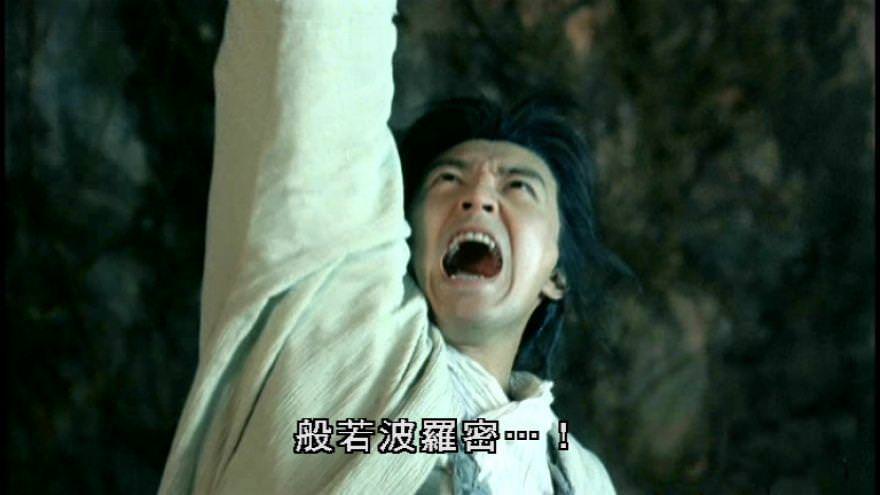Concerning Circle and the Constant π: Part I
In most of the secondary school level mathematics reference books found in local bookstores, the mathematical object "circle" is introduced as follows:
 Although these points are equidistant from a fixed point, this particular set does not form or look like a circle.
Although these points are equidistant from a fixed point, this particular set does not form or look like a circle.
This problematic description of "circle" is not entirely the fault of the reference book authors, because it actually originates from page 45 of the Curriculum Specifications for Form 2 Mathematics, compiled in 2002, by the Curriculum Development Centre, Ministry of Education Malaysia.
I must say that it is rather difficult to describe "circle" or any other mathematical objects with words. A better version (but still imprecise) would be:
A circle is a set of points that are equidistant from a fixed point.There is something wrong with this description. It is rather vague because a set of points could mean the following set of 8 points {P1, P2, P3, P4, P5, P6, P7, P8}:
 Although these points are equidistant from a fixed point, this particular set does not form or look like a circle.
Although these points are equidistant from a fixed point, this particular set does not form or look like a circle.This problematic description of "circle" is not entirely the fault of the reference book authors, because it actually originates from page 45 of the Curriculum Specifications for Form 2 Mathematics, compiled in 2002, by the Curriculum Development Centre, Ministry of Education Malaysia.
I must say that it is rather difficult to describe "circle" or any other mathematical objects with words. A better version (but still imprecise) would be:
A circle is a closed curve traced by the complete set of points equidistant from a fixed point.You may also want to find out how "circle" is described in Wikipedia and MathWorld. For me, the best way to describe "circle" is still to employ the mathematical language, such as:
r = a, 0 ≤ θ ≤ 2π (in polar coordinates)




Comments